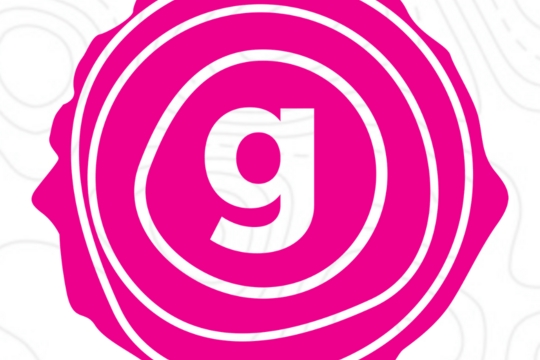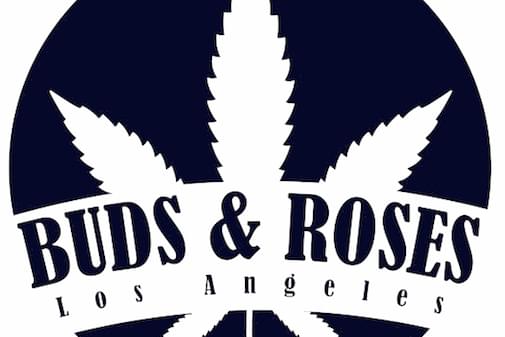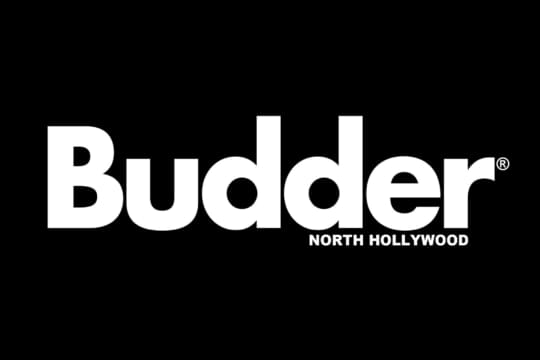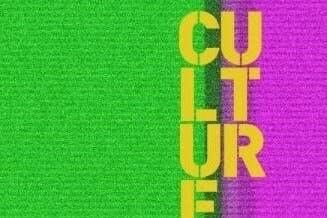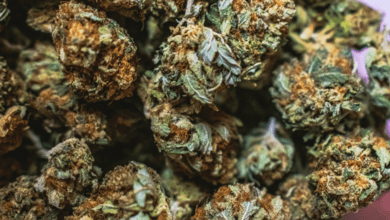
Is There a Difference Between Medical Cannabis Flower & Recreational?
Published on 7/23/21
While there are only 19 states that have legalized recreational cannabis so far, there are 36 that have a medical cannabis program of some kind. With such a difference in legalization rates, many people believe that there's a difference between recreational and medical marijuana- but there honestly isn't. While the actual product may be the same, there are some differences when it comes to cost, accessibility, and a preference towards different cannabinoids. Let's start by diving into the current medical vs. recreational scene to better understand the state of cannabis in America.
Legalization in the United States
For a long time, there wasn't anywhere in the United States that differentiated between medical and recreational marijuana. While many used it for medicinal purposes, there were also those that chose to consume simply for fun. This all changed in 1970 when the Controlled Substance Act was passed to label cannabis as a Schedule I drug - federally illegal, with no medically beneficial properties and noted as highly addictive. It wasn't until 1996 that a differentiation was legally made between recreational and medical marijuana when California voted to legalize medical marijuana for patients with qualifying conditions.
Since then, 36 medical cannabis states have followed suit and legalized it. In 2012, Colorado and Washington became the first states to legalize recreational marijuana, a win for the cannabis community that ultimately created a larger divide between medical and recreational cannabis. There are now 18 states with legalized recreational cannabis. It is also important to note that, according to the Pew Research Center, 91% of adult Americans believe medical cannabis should be legal. Hopefully, medical marijuana will be readily available across all 50 states sooner than later.
 Unsplash
UnsplashBenefits of Medical Marijuana
Despite the federal government holding to the claim that cannabis possesses no medicinal benefits, cannabis is thought by many professionals and users alike to have a wide variety of medical applications. It has been incredibly difficult for scientists and medical professionals to study the effects of marijuana because it has been federally illegal for over 50 years, so much of our current understandings aren't scientifically proven. However, initial research and observations have led to promising results. Here are a few of the conditions medical marijuana is thought to treat and alleviate:
- Anxiety and depression
- Chronic pain
- ADD/ADHD
- Eating disorders
- Epilepsy
- Obsessive-Compulsive Disorder (OCD)
- Glaucoma
- Post-Traumatic Stress Disorder (PTSD)
- Muscle spasms
- Insomnia
- Side effects of cancer treatment (such as nausea and weight loss)
- Wasting syndrome and other conditions associated with HIV/AIDS
Please note that it is important to consult your doctor before self-medicating.
 Unsplash
UnsplashMajor Differences Between Recreational and Medical Cannabis
It is a common misconception that there is a big difference between recreational and medical marijuana. However, cannabis is cannabis. The recreational weed you purchase is also thought to help treat many of the above conditions and ailments. There are only a few key differences, most of which are distinguished by the industry: accessibility, cost, and THC/CBD levels.
Accessibility
Like we've discussed, medical marijuana is legal in 36 states, as opposed to recreational weed, which currently legal in 18 states (and even fewer have operational & licensed adult-use dispensaries). Because of current laws and the public sentiment largely driving legalization efforts, medical marijuana is simply more accessible than adult-use and likely will be for a while.
Cost
Because it is distributed for medical purposes, medical marijuana is often cheaper than its recreational counterpart. Not only that, but taxes are usually much lower for medical marijuana. Taxes vary by state, but a lot of states usually have fairly heavy taxes on adult-use weed. Medical cannabis, on the other hand, generally has far fewer taxes applied to its purchase. Be sure to check out your state regulations through Leafwell!
THC vs. CBD Levels
Just like with recreational marijuana, there are different types of medical marijuana - various strains and consumption methods (flower, pre-rolls, vapes, concentrates, gummies, etc.). The biggest difference between medical strains and recreational strains is the CBD to THC ratio. A lot of people using cannabis for medical purposes want the benefits of cannabis without the psychoactive high that can get in the way of day-to-day activities such as work, school, etc. Therefore, common medical marijuana strains have lower THC levels and higher CBD levels, since CBD is not psychoactive but still offers the medicinal benefits. The only thing that makes lower THC-level strains medical marijuana, however, is when it is labeled as such. CBD and THC content does not innately make cannabis medical and/or recreational.
How to Get a Medical Marijuana Card
If you live in a state that has legalized medical marijuana and you think you'd benefit from using marijuana for medicinal purposes, your next step is to get a medical marijuana card. Once you're a patient with your state's medical marijuana (MMJ) program and you have the proper card, you'll be able to purchase marijuana at a local medical cannabis dispensary per your state's laws. For the best chance to become an MMJ patient, you'll want assistance from a medical marijuana doctor or a trusted physician. Instead of typing in "medical marijuana doctors near me," we highly suggest you check out Leafwell, a premier telehealth platform that connects you with a licensed physician that will lead you through the application process for your state.
If you already have a medical marijuana card and you're wondering where to get medical marijuana, just check out dispensaries on Where's Weed! We'll help sort through all your options so that you're not left searching online for "medical marijuana dispensaries near me" and hoping for the best.
Let us know your experience with medical marijuana vs recreational. Do you have a favorite strain? Why do you smoke and how does it affect your health and overall lifestyle? Comment below!

